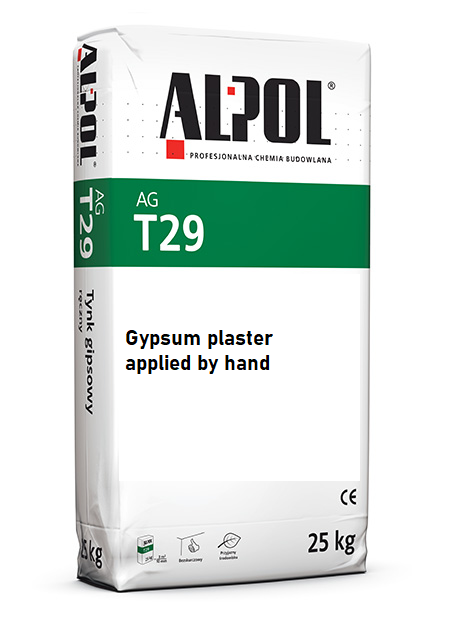why is rendering so messy?
Main reasons that make lime render fail
October 21, 2024He mess from rendering comes down to two things – Workmanship and the system itself. The workmanship is a key part in keeping the mess of render to a minimum. When working on site, it is vital that the renderers keep their work space clean. This space being the area around walls they are rendering. Different stages may encounter different levels of mess. For example: the render removal process may just require removing lumps of render whereas the scratching process of a scraped texture system will require removing the dust left behind, hence more mess. How a worker deals with these messes, will affect how messy the rendering will be. Renders are requiring to provide protection against the rendering. This may be to prevent wet render from defacing any features or windows or to prevent the dust getting into small area which cannot be reached later on. A common protection for this is to lay plaster sheeting on the floor, around features and over windows. This allows for easy removal later on and helps the works to be mess free. Also, some systems can be more of a mess than others. As touched on in the previous point, a scraped texture system will require the scratching process at the end, which produces load of dust. However, this does not apply to all systems and a system such as a thin coat render may be less messy. The difference in mess between these two systems comes down to what is falling from the walls. A scraped texture system may have both wet render and dust falling, whereas a thin coat render may only have wet render. To summarise, how messy the rendering works are come down to both the system and the workmanship. A system may produce more mess than a certain system but it’s how a renderer deals will the cleaning up of this mess, whether they put protection down for easy removal or spending time everyday cleaning up the mess left by the works.






